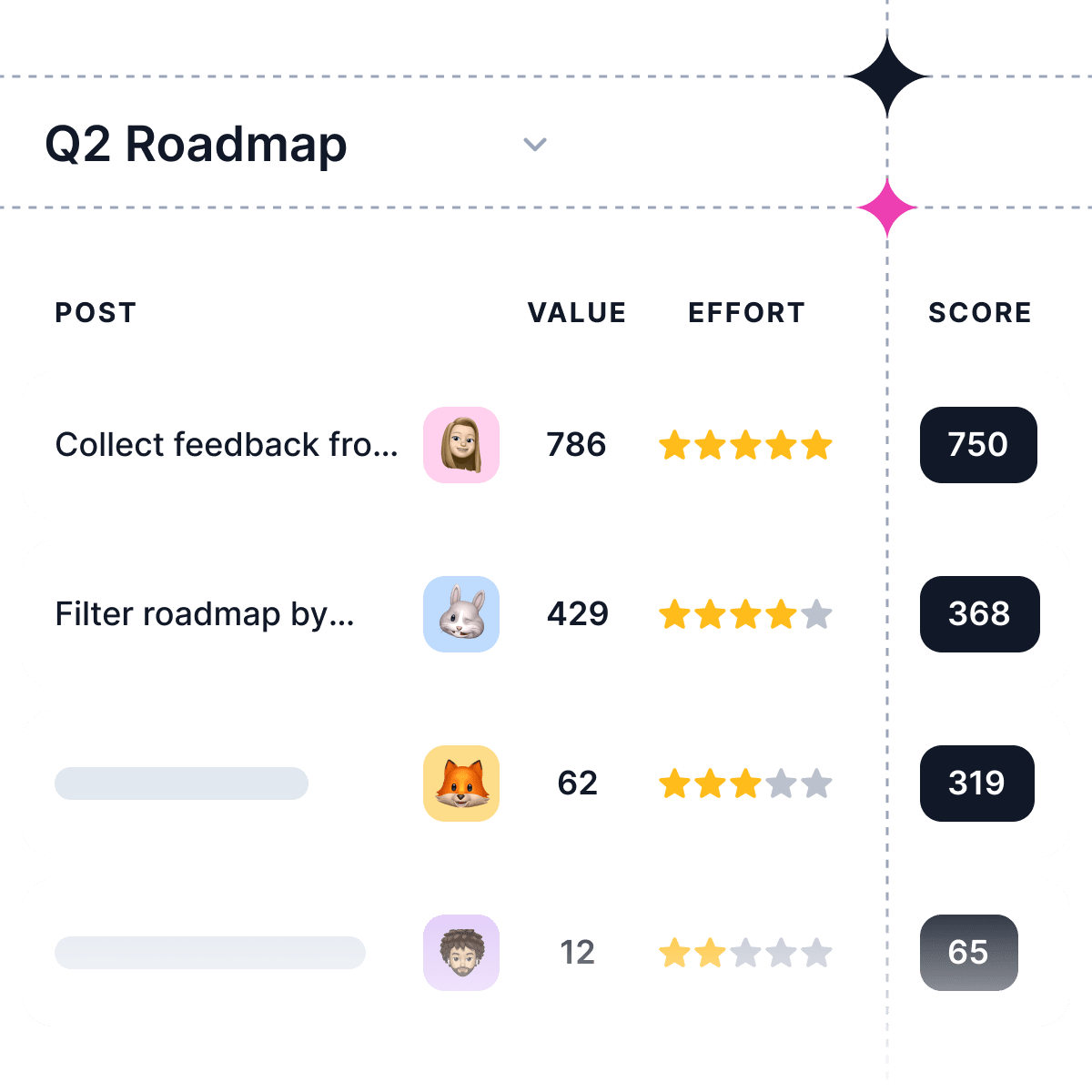In the world of software development, the terms "bug" and "feature" are often used interchangeably. But while they may seem similar on the surface, there are important distinctions between the two that every product manager and developer should understand.
In this post, we'll dive into the key differences between bugs and features, explore how to turn bug reports into feature requests, and discuss strategies for prioritizing them effectively. By the end, you'll have a clear framework for managing bugs and features in your own product development process.
What's the Difference Between a Bug and a Feature?
At the most basic level, a bug is an unintended error or flaw in the software, while a feature is a planned and purposeful functionality. Bugs disrupt the user experience in negative ways, often appearing under specific conditions. Features, on the other hand, are designed to enhance the user experience and deliver value.
However, in real-world scenarios, the line between bugs and features can often blur. Consider these common situations:
-
Design Decisions Mistaken as Bugs: Sometimes, what users report as a "bug" is actually an intentional design choice by the product team. For example, a productivity app might limit the number of active projects to encourage focus, but users accustomed to unlimited projects could perceive this as a bug.
-
Differences in User Interpretation: Not all users will define bugs and features the same way. Non-technical users, in particular, may label any undesired behavior as a "bug" even if it's a feature they don't understand.
-
Undocumented Improvements: Occasionally, developers will roll out minor updates or features without fully documenting them. Users who encounter this new functionality without context may mistake it for a bug.
-
Unintended Benefits from Bugs: In some cases, what starts as a bug may actually be embraced by users as a valuable feature. If the unintended behavior proves useful, it can be codified into the product.
Turning Bug Reports into Feature Requests
Given the potential overlap between bugs and features, it's not uncommon for a bug report to inspire a new feature idea. Here's how you can approach this:
-
Identify the Root Cause: When a bug is reported, dig deeper to understand the underlying issue. Is it caused by a flaw in the code or a gap in the product's functionality?
-
Evaluate as a Potential Feature: If the "bug" is really the absence of a desired feature, consider rephrasing it as a feature request. What outcome is the user trying to achieve? How would this feature enhance the product?
-
Prioritize Based on Impact: Evaluate the potential feature in terms of its impact on users and alignment with product goals. Would it deliver significant value or address a critical need? Rank it against other feature requests accordingly.
Strategies for Prioritizing Bugs vs Features
So how do you decide whether to prioritize bug fixes or new features? While the specifics may vary based on your product and user needs, here are some general guidelines:
-
Assess User Impact: Consider the severity and scope of each issue. Is it a critical bug that blocks core functionality for a majority of users? Or is it a minor issue affecting a small subset? Prioritize bugs that have the greatest negative impact on the user experience.
-
Evaluate Effort vs Value: Weigh the development effort required against the potential value delivered. A relatively simple feature that would delight users may be worth prioritizing over a complex, low-impact bug fix.
-
Align with Product Strategy: Consider how each bug and feature aligns with your overall product vision and goals. Prioritize those that bring you closer to your strategic objectives.
The Bottom Line
At the end of the day, the distinction between a "bug" and a "feature" is less important than the impact it has on your users and your product. By understanding the nuances, staying user-focused, and prioritizing strategically, you can make the most of every bug report and feature request.
Remember, your ultimate goal is to continuously improve the product and deliver value to your users. Whether that means squashing bugs or shipping new features, keep that north star in mind and you'll be well on your way to product success.






